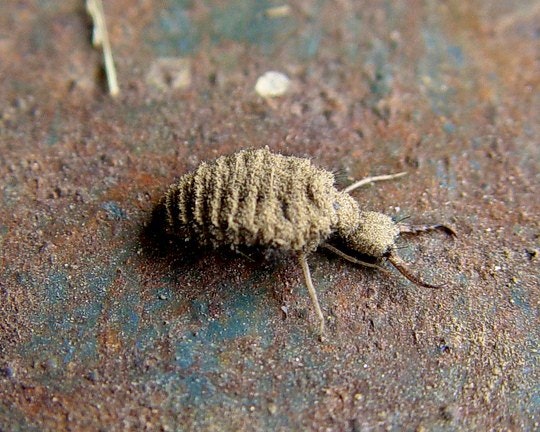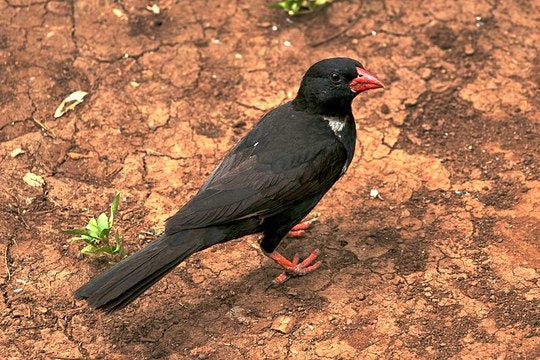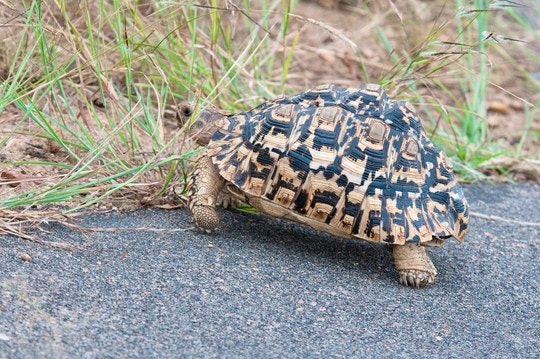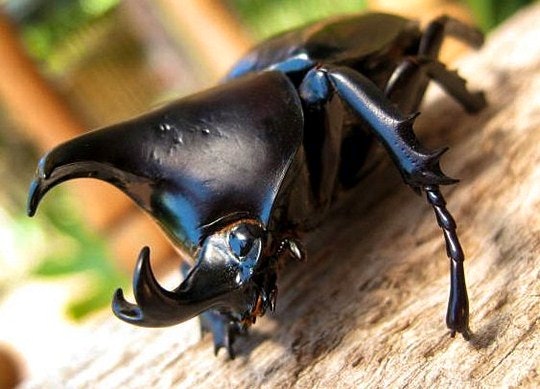We all know South Africa’s “Big 5”: the elephant, lion, buffo, leopard, and rhino. Entire vacations are planned for the sole purpose of spotting them. But I would like to introduce you to the lesser known “Small 5”, whose names relate to their bigger counterparts.
The Elephant Shrew
Getting its name from the elongated snout that resembles an elephant’s trunk, the elephant shrew (pictured above) is the most adorable of the Small 5 (pictured above). It is also the hardest to spot. Weighing around 28 g, the soft, furry rodent has a head and body length of only 7.5 – 10 cm, and a tail length to match.
Their fur colour varies between sandy brown, pale buff, orange buff, and pale greyish buff, making it easy for them to remain camouflaged. They are active during the day and are said to be highly nervous and intolerant of trespassers. To avoid nasty tempers, they prefer going unnoticed by remaining absolutely still. Their long legs make them proficient at lightning-fast sprints away from danger.
The Antlion

Named for its lion-like method of ambushing prey, the ferocious antlion is an insect with about 2 000 species worldwide. ‘Antlion’ is a term actually reserved for the larval stage of the insect’s life cycle. Adults closely resemble dragonflies. The antlion larva has a masterful art of digging conical pits in dry, soft sand that is easy to shift. Pushing itself backward, it buries itself at the bottom. It uses a heightened sense of vibration (transmitted through the hairs on its body and legs) to detect the passing of insects above. Waiting in the pit, with its jaws opened wide and barely visible under a thin layer of sand, the antlion strikes and drags its prey into the sand.
It will take some effort to get a glimpse of this Small 5 predator, but you should see its little cone-like sandpits on the ground. If you’re patient, you may be rewarded with a spectacular display of ambush in action. Whether you spot one or not, you can impress friends with this useless fact: An antlion larva never poops. It waits until it is an adult before excreting all the left-overs from its time as an underground predator.
The Buffalo Weaver

Buffalo weavers live in the dry savannah and acacia woodland areas, where they forage omnivorously on the ground, often following the trail of buffalo herds. A beautiful find among bird watchers, these social birds tend to form large, loosely ordered colonies. Weavers build massive communal roosts in tall acacia and baobab trees, which can be easily spotted for their untidy appearance.
There are two species of Buffalo Weaver. More common is the noisy Red-Billed Buffalo Weaver. The female and adolescent birds are quite distinctive, with brown on top, and spotted or streaked markings on the bottom. The White-Headed Buffalo Weaver, which is brown and white, with a red rump and vent, is confined to Eastern Africa.
The Leopard Tortoise

The large leopard tortoise gets its name from its attractive black and yellow speckled shell, clearly resembling a leopard’s spots. With a general lifespan of 100 years, it is the world’s fourth largest species, growing up to 70 cm long, and weighing over 50 kg.
The slow-paced tortoises are one of the easiest to spot of the Small 5 (you’ll hardly miss one lumbering across the road). They are typical grazers, found in semi-arid, thorny and grassland habitats throughout sub-Sahara Africa. Many African cultures see the tortoise as a sacred symbol, but they are also widely eaten and considered a delicacy.
The Rhino Beetle

Another Small 5 insect is the rhino beetle, which gets his name from the distinctive horn-like structure on its head. Both sexes have horns, which makes it difficult to distinguish between them. The horn makes an excellent digging and climbing tool, while the males also use them in combat during mating season. Adult rhino beetles are an impressive 2.5 – 5 cm long. Not only are they one of the largest beetle varieties in the world; they are also proportionally the strongest animal in the world, known to lift 850 times their own weight.
Have you spotted any of the Small 5 creatures before? Give it a shot next time you’re on safari in the Kruger Park!
Image of Elephant Shrew by Yathin sk
Image of Antlion by Clearly Ambiguous
Image of Buffalo Weaver by Greg Tee
Image of Leopard Tortoise by Mister E
Image of Rhino Beetle by andrea.soulsinger.D





